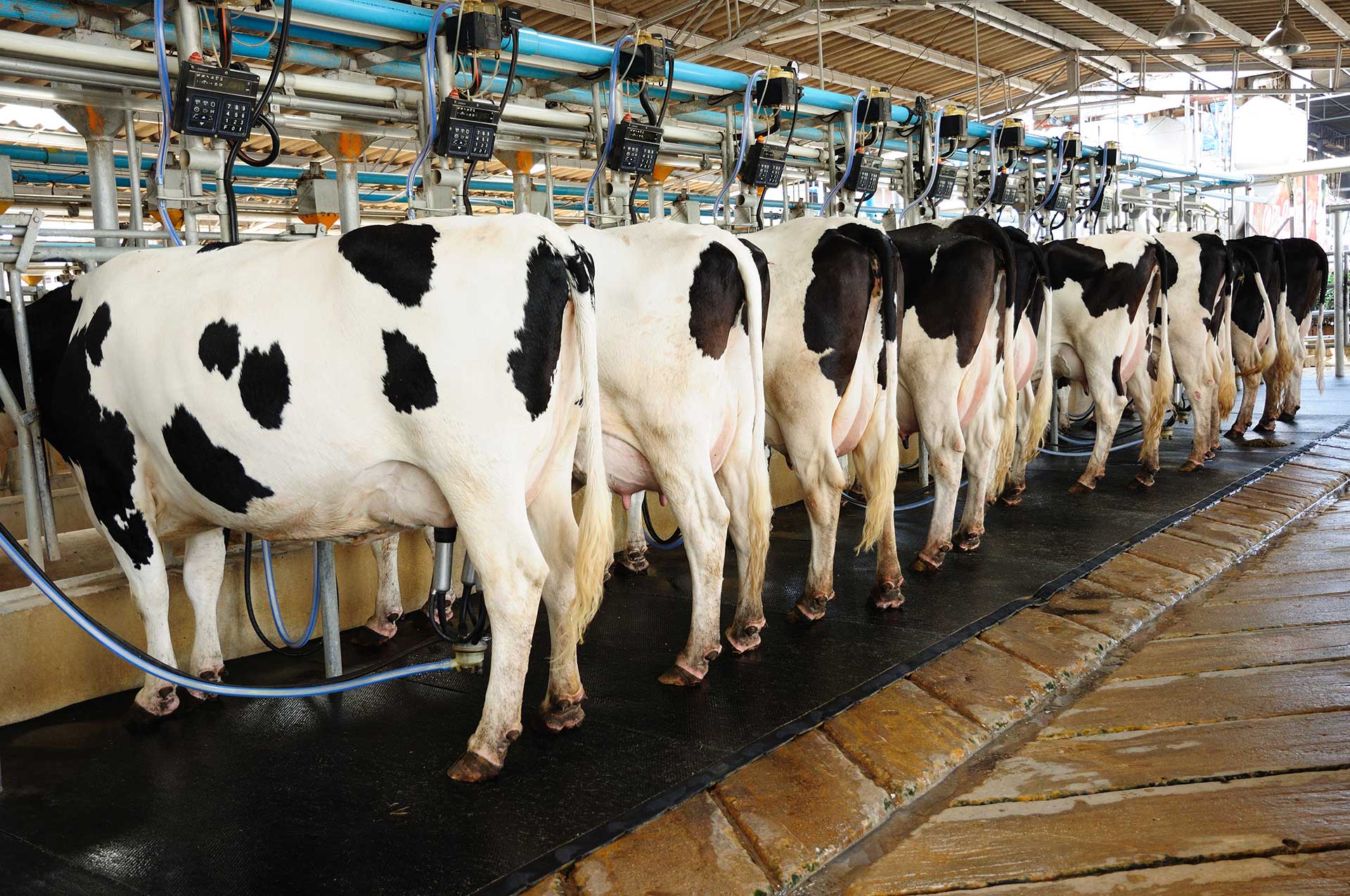Cheese Microstructure Testing (Microscopy)
Understanding the microstructure of cheese is crucial in ensuring consistent quality and texture. This testing method involves examining the microscopic structure of cheese to assess its physical properties, such as pore size distribution, fat globule arrangement, and microbial morphology. This process can provide insights into the manufacturing conditions, aging processes, and overall quality of the product.
The use of advanced microscopy techniques allows for a detailed analysis of the microstructure, which is essential in identifying potential issues that may arise during production or storage. For instance, an irregular distribution of fat globules might indicate improper mixing during cheese making, while excessive microbial activity could suggest inadequate hygiene practices or temperature control.
Microscopy testing can also help in optimizing cheese formulations by providing precise information about the structure of different components used in the product. This includes understanding how various ingredients interact with each other and influence the final texture. By analyzing microstructures under standardized conditions, quality managers can make informed decisions regarding ingredient selection and process parameters.
Moreover, this testing method plays a vital role in ensuring compliance with international standards such as ISO 14025 for type IV environmental labels or ASTM E386-97(2015) related to color measurement. Compliance is not only important from an industry perspective but also helps in meeting customer expectations and regulatory requirements.
Accurate interpretation of microstructural images requires expertise, as subtle variations can have significant implications for the final product quality. Our team comprises skilled professionals who possess extensive knowledge about cheese technology and microscopy techniques. They use state-of-the-art equipment like scanning electron microscope (SEM) and transmission electron microscope (TEM), which enable high-resolution imaging down to nanometer scales.
Through rigorous sample preparation, including slicing samples into thin sections followed by appropriate dehydration methods, we ensure that the images captured truly reflect the natural state of the cheese. This approach helps in maintaining accuracy throughout the entire testing process.
- Standardization: Ensures consistency across all tests conducted within our laboratory.
- Innovation: Incorporates new technologies to improve test reliability and speed.
- Expertise: Our personnel are trained in interpreting complex microscopic images accurately.
In conclusion, cheese microstructure testing (microscopy) is an indispensable tool for understanding the intricacies of this dairy product. It provides valuable insights into both manufacturing processes and final products, enabling continuous improvement and adherence to high standards of quality control.
Benefits
The benefits of cheese microstructure testing extend beyond mere inspection; it offers a comprehensive understanding that can significantly impact various aspects of the dairy industry. Here are some key advantages:
- Quality Assurance: Early detection of flaws ensures only high-quality products reach consumers.
- Innovation: Insights into product development, leading to improved textures and flavors.
- Regulatory Compliance: Ensures adherence to international standards like ISO 14025 for type IV environmental labels or ASTM E386-97(2015) related to color measurement.
- Cost Efficiency: Prevents waste by identifying and addressing issues early in the production cycle.
- Customer Satisfaction: Consistently delivers products meeting consumer preferences and expectations.
By leveraging these benefits, businesses can enhance their competitive position while maintaining sustainable practices that benefit both the environment and consumers alike.
Why Choose This Test
- Rigorous Standards: Adherence to international standards ensures reliability and consistency in testing results.
- Advanced Equipment: Utilization of cutting-edge microscopes allows for precise analysis at nanometer scales.
- Experienced Personnel: Our team consists of experts with extensive experience interpreting complex microscopic images accurately.
- Comprehensive Insights: Provides detailed information on manufacturing conditions, aging processes, and overall quality.
- Innovation: Incorporates new technologies to improve test reliability and speed.
Selecting cheese microstructure testing (microscopy) for your operations will provide unparalleled insights into the composition and structure of your products. This knowledge translates directly into better decision-making, enhanced product quality, and ultimately satisfied customers.
Environmental and Sustainability Contributions
Cheese microstructure testing contributes positively to environmental sustainability by providing actionable data that supports more efficient production methods. Understanding the microstructural composition allows for optimized resource utilization, reduced waste generation, and minimized environmental impact throughout the supply chain.
For example, identifying optimal fat globule size during processing can lead to less energy-intensive refrigeration requirements post-production due to better thermal stability. Additionally, precise control over microbial populations reduces contamination risks, leading to fewer product recalls and associated resource consumption. Furthermore, accurate monitoring of aging stages helps prevent premature spoilage, thus conserving raw materials and reducing waste.
Adherence to international standards such as ISO 14025 for type IV environmental labels or ASTM E386-97(2015) related to color measurement ensures that all practices align with global sustainability goals. By integrating these principles into everyday operations, dairy companies contribute significantly towards creating a more sustainable future.





